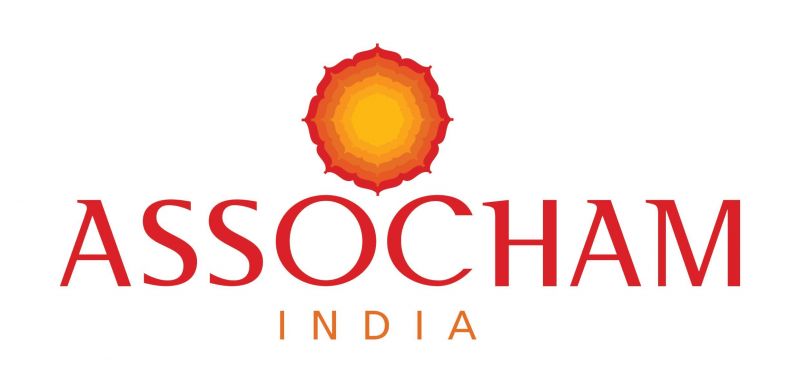New Delhi: The successful resolution of issues of banks’ non-performing assets (NPAs) or bad loans through the Insolvency and Bankruptcy Code (IBC) will help deepen India’s corporate bond market that is highly concentrated in AAA rated bonds, Assocham said on Sunday.
Citing its study jointly conducted with rating agency Crisil, a statement by the industry chamber said: “As per Assocham-Crisil study, reduction in the timeline for the resolution of stressed assets under the IBC will not only enhance the confidence of investors but also make them go in for bonds less than AAA rating.”
“India’s corporate bond market, which contributes 17 per cent to the country’s Gross Domestic Product (GDP), is highly concentrated in the AAA rated bonds, is expected to change once the IBC brings about successful resolution of stressed assets in a time-bound manner,” it said.
Noting that currently about 90 per cent of trading is restricted to AAA and AA rated bonds, Assocham said that with greater certainty of outcome and expectations of a faster resolution because of the IBC, “the interest of both domestic and foreign investors in the lower-rated paper will increase over time.”
According to the chamber, the contribution proportion of the corporate bond market to the GDP is 123 per cent in the US and 74 per cent in South Korea.
It said that countries like Brazil, Russia, China and the UK had taken steps to reform the bankruptcy laws which, along with other macroeconomic structural reforms, led to significant growth in the corporate bond markets within their financial markets.
According to the study, the Reserve Bank of India (RBI) has implemented norms for limiting individual and group exposures in banks, encouraging large corporate borrowers to access the bond markets for funding requirements.
“This, along with the Code, will provide a boost to the Indian bond market,” it said.
On the role of asset reconstruction companies (ARCs), the study said that a structural shift is expected in the Indian stressed asset market that would lead to a reset of business models in the ARC industry.
“At present, despite a deceleration in growth, Asset Under Management (AUM) of ARCs is expected to reach Rs 1 lakh crore by June next year,” Assocham said.
“So far, recoveries by ARCs have remained below expectations as resolutions were lengthy. Smaller assets (debt up to Rs 100 crore) typically have a shorter resolution time frame and better recovery rate compared with larger ones.”
“The access of ARCs to capital sources is also critical, as their collective net worth is just about Rs 4,500 crore, according to Crisil estimates as on March 31, 2017,” the chamber said.
“With the recent RBI proposal to increase net-owned funds to Rs 100 crore for ARCs, a faster resolution of the release of capital becomes more important.”
Gross NPAs in the Indian banking system have accumulated to a staggering Rs 10 lakh crore.
[source_without_link]IANS[/source_without_link]

